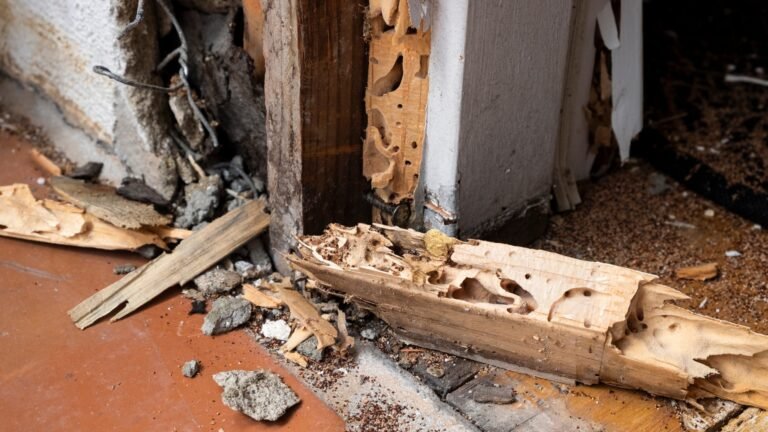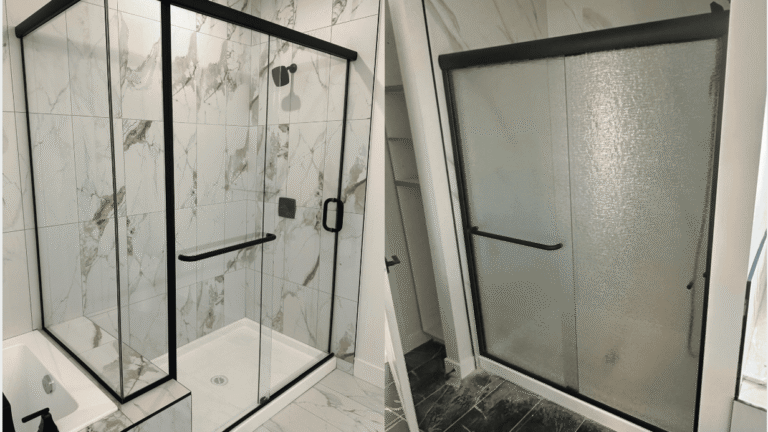
Protect Your Home with Maine Mold Removal Experts
Mold can be a persistent and damaging intruder in Maine homes, thanks to the state’s humid summers, snowy winters, and frequent rainfall. This environmental trifecta creates the perfect breeding ground for mold, which thrives in damp and poorly ventilated spaces. Not only is mold unsightly, but it can also lead to structural damage and health risks if left unchecked.
This detailed guide will unpack the essentials of Maine mold removal, from understanding why mold appears to exploring effective solutions. With the tips and insights below, you’ll gain clarity on how to prevent mold, address infestations, and maintain a safe and healthy living space.
What Makes Maine Homes Prone to Mold?
Maine’s unique climate and geography make it a hotspot for mold. Understanding why homes in this region are particularly vulnerable is the first step toward safeguarding your property.
The Role of Maine’s Climate
Maine experiences high humidity levels in the summer, and with heavy rains and the seasonal thawing of snow, moisture becomes omnipresent. This dampness finds its way into basements, crawl spaces, and even behind walls, creating the perfect environment for mold colonies to form. Older homes, common throughout Maine, are especially at risk due to outdated construction practices that didn’t prioritize moisture control.
Snow-covered roofs can also exacerbate the problem. Improper ventilation or insulation may lead to ice dams as snow melts and refreezes. This process often causes leaks, introducing water to attics and ceilings—a prime spot for mold to take hold.
Common Problem Areas in Maine Homes
Basements and attics typically see the most mold growth. Damp basements with poor ventilation allow water to settle, while attics with inadequate airflow facilitate condensation buildup. Kitchens, bathrooms, and laundry rooms are also high-risk areas due to their regular exposure to water vapor.
Knowing these vulnerable zones enables proactive inspection and early intervention, which can save you from costly and time-consuming repairs down the line.
Warning Signs You Should Never Ignore
Recognizing the early signs of mold will empower you to act before it spirals into a major problem. But mold isn’t always easy to spot—it can hide in inaccessible places or start as barely-noticeable damage.
Visual Indicators
Visible mold typically appears as dark green, black, or even white patches on surfaces like walls, ceilings, and wooden beams. However, mold isn’t always so conspicuous. It can masquerade as discoloration or streaks on surfaces, fooling homeowners into thinking it’s just dirt or dust.
Pay attention to areas where water seems to linger, such as under sinks or around pipes. Continuous discoloration in these spots could signal hidden mold growth underneath.
Musty Odor and Health Symptoms
If you detect a strong, earthy smell similar to wet socks, it could be a sign that mold is growing unnoticed in your home. Odors are often the first indicator when mold is hidden behind walls or under flooring.
Additionally, respiratory symptoms like coughing, sneezing, or worsening asthma conditions for household members could point to mold exposure. Those with allergies or a weakened immune system are particularly susceptible to its adverse effects.
Preventing Mold Before It Becomes a Problem
The best defense against mold is a strong offense. Implementing simple preventative measures can significantly reduce the likelihood of mold invading your home. These steps are especially important for Maine residents, as they combat the unique challenges posed by the state’s climate.
Control Humidity Levels
One of the most effective ways to prevent mold is to tackle indoor humidity. Use dehumidifiers in frequently damp spaces like basements, especially during the humid summer months. Aim to keep indoor humidity below 60%.
Ventilating your home is equally crucial. Installing exhaust fans in high-moisture areas like bathrooms and kitchens can help dissipate steam before it condenses and creates a problem.
Address Leaks Immediately
Even small leaks can lead to major mold problems over time. Regularly inspect your roof, plumbing, and windows for signs of water damage or gaps where moisture could seep in. Maine’s snowy winters can lead to ice dams, so it’s important to ensure your roof is properly insulated and ventilated to prevent post-thaw leaks.
Sealing gaps and cracks in your home’s foundation can also stop water from infiltrating basements and crawl spaces. Regularly checking these areas can help you spot potential issues early.
When DIY Solutions Are Not Enough
While prevention is effective, mold problems that have already started tend to require more than just at-home fixes. For serious infestations or persistent issues, turning to professional services is often the best solution.
Why Professional Help is Essential
Experts in Maine mold removal bring specialized tools and expertise that guarantee thorough remediation. Using advanced equipment like HEPA vacuums and air scrubbers, professionals don’t just eliminate surface mold—they address mold spores lingering in the air, reducing the risk of regrowth.
Another advantage is their ability to identify the root cause behind mold issues. Professional assessments often reveal hidden leaks, poor ventilation, or other underlying factors that you may miss.
What to Expect from Professional Services
When you hire a reliable company for mold remediation, they’ll typically begin with an inspection to gauge the extent of the problem. Next, they’ll isolate the affected area to prevent mold from spreading during removal. Finally, using proven techniques and materials, they’ll remove surface mold, clean the air, and provide long-term solutions tailored to your home’s unique needs.
For trusted, comprehensive service, check out Maine mold removal. With expertise specifically tailored to Maine’s unique climate, their team ensures your home is mold-free and built to stay that way.
Staying Mold-Free for the Long Haul
After tackling mold issues once, the goal is to keep it from returning. Incorporating good habits and maintenance into your routine will fortify your home against future infestations.
Regular Inspections and Maintenance
Schedule periodic inspections of your home’s most vulnerable areas to catch potential problems early. Moisture detection tools or professional mold assessments can help pinpoint issues before they escalate.
Ensuring that gutters and drainage systems are clear and working effectively can prevent water from pooling near your home’s foundation following heavy rains or snowstorms.
Invest in Mold-Resistant Materials
If you’re planning any renovations or repairs, consider using mold-resistant drywall, paint, or insulation. These materials offer long-term protection, particularly for areas prone to dampness, such as basements or bathrooms.
Don’t Wait—Protect Your Home Today
Mold not only damages homes but also creates health hazards for your family. Addressing mold in a timely and thorough manner is essential, especially in a state like Maine, where environmental conditions can make homes more susceptible.
By taking preventive measures and enlisting the help of professionals when necessary, you can enjoy the peace of mind that comes with a safe and mold-free home. If you’re ready to take action, consult the experts at Maine mold removal and ensure your property is protected for years to come.
Your home deserves the very best care—make mold prevention and removal a priority today!



